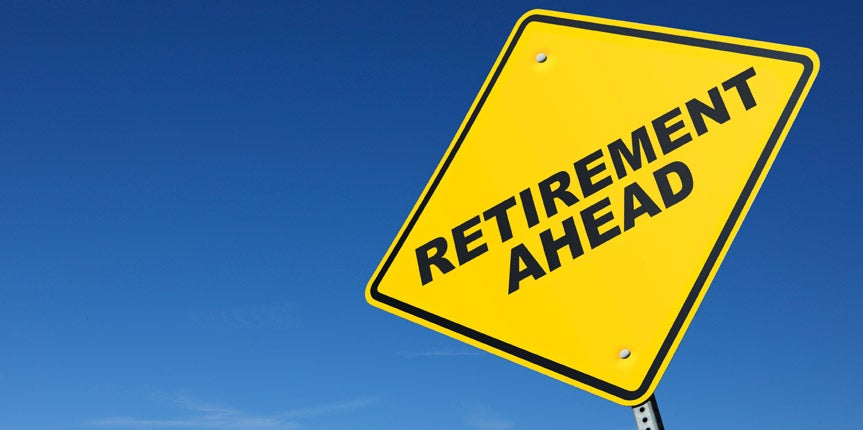Consultant’s Corner: Small Business Retirement Plan Options

Question: Would it be better as the owner of a sole proprietorship to invest in a 401k versus a SIMPLE IRA?
There is not a single best approach to retirement planning for the owner of a sole proprietorship in every conceivable situation. Your business structure and other considerations, including the employee participation requirements, your expected income from the business, cash needs for other benefits such as health insurance, and your own lifestyle, income and retirement planning goals, will affect your choice of plan(s).
Small business owners and their employees have a variety of retirement plan options. For example, there are several different types of IRAs: Traditional IRA, Roth IRA, Education IRA (EDIRA), now called Education Savings Accounts, SEP-IRA, SARSEP-IRA, and SIMPLE-IRA. Traditional and Roth IRAs typically have the lowest contribution maximums ($5,500 for those younger than 50 and $6,500 for those age 50 and older in 2013) so when considering tax deductible IRAs, business owners usually evaluate SEP, SARSEP and SIMPLE IRAs before settling on Traditional or Roth IRAs. Retirement plan eligibility and contribution limits differ depending on the type of plan, but in order to make tax deductible contributions you typically must have earned income or compensation from a trade or business. Earned income generally consists of wages or salary from a job or your own business or self-employment income generated from performing services in your own business. Provided you have earned income and meet any other IRS requirements, you can generally make tax deductible contributions to a retirement plan.
Get 2 months free payroll and HR services from our partner ADP.Managing a team?
Retirement plans offer business owners a way to legally channel funds from their businesses, without taxes, into retirement savings programs for themselves and their employees. Generally, traditional pension plans, or defined benefit and money purchase plans, which are often difficult to establish and maintain and have mandatory funding requirements, are not favored by small business owners. More often 401(k)’s, SEP plans (Simplified Employee Pension), SIMPLE plans (Saving Incentive Match Plan for Employees), and Keogh plans, some of which currently allow contributions up to $51,000 ($205,000 for certain Keogh plans) in 2013, and Traditional IRAs are favored by self-employed small business owners; however, new vehicles such as Solo 401(k)’s have been gaining in popularity.
As mentioned above, your business entity structure and other considerations, including employee participation requirements, your expected income from the business, cash needs for other benefits such as health insurance, and your own lifestyle, income and retirement planning goals, will affect your choice of plan(s). Your first step should be to sort out your options and familiarize yourself with each type of plan and its respective pros and cons, including contribution limits, set-up, maintenance and administrative costs, and investment and distribution options. You can locate numerous discussions on retirement plans for self-employed small business owners, retirement planning and tools with an Internet search.
The following are example websites:
Self-Employed Retirement Plans | About Money
Small Business Retirement Plan Resources | IRS.gov
SEP, SIMPLE, and Qualified Plans | IRS.gov
The Pros and Cons of Offering Employee Retirement Benefits | BizFilings.com
Retirement Planning and Investing | NOLO.com
Also, mutual fund companies, brokerage firms, banks and insurance companies offer info on small business retirement plans. For example, T. Rowe Price and Vanguard, both mutual fund leaders, offer considerable retirement planning information which you can review at the following websites:
Small Business Retirement Plans | T. Rowe Price
Small Business Plan Overview | Vanguard
[latest_posts header=”More From the Consulting Team” limit=”” category=”13″]
